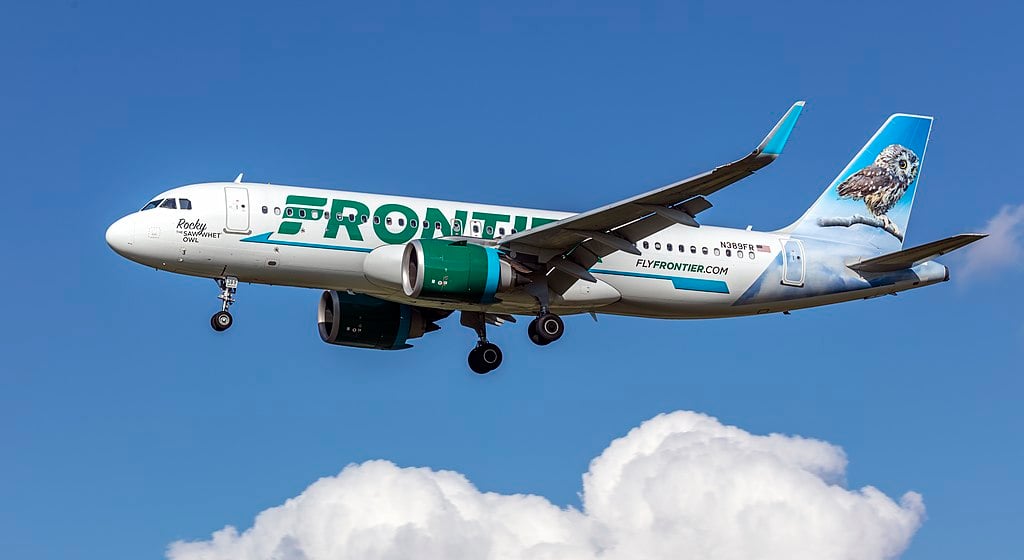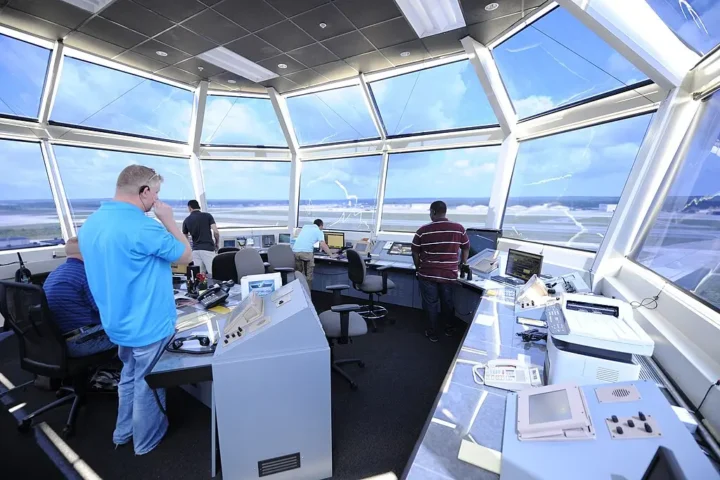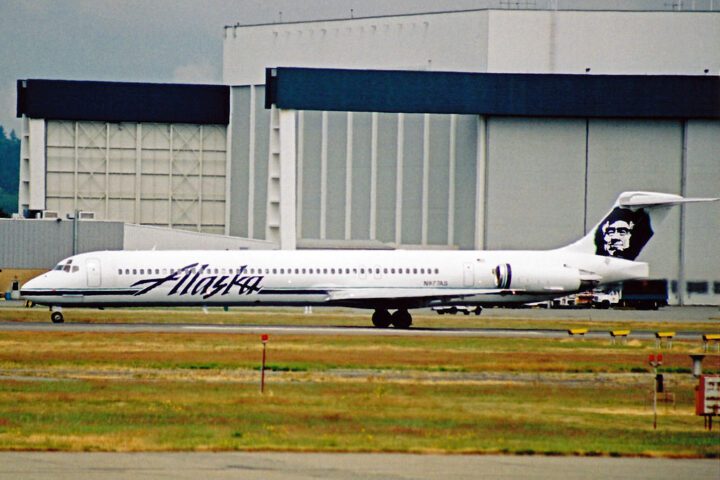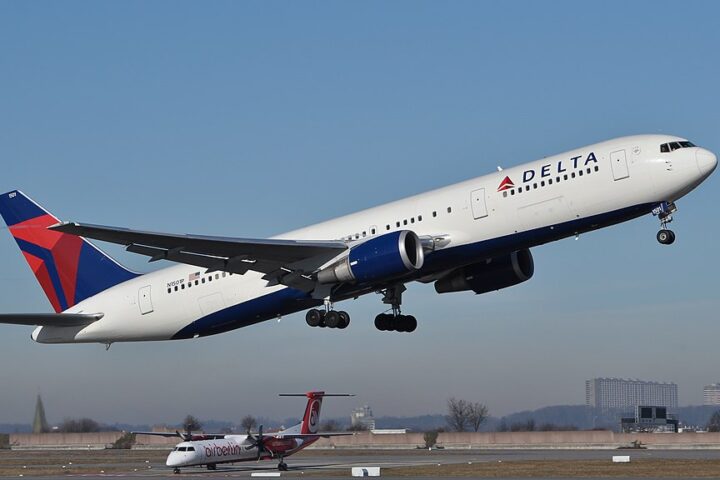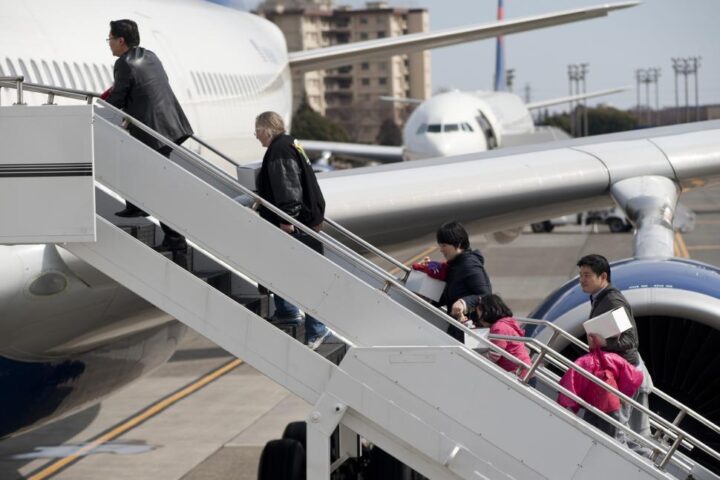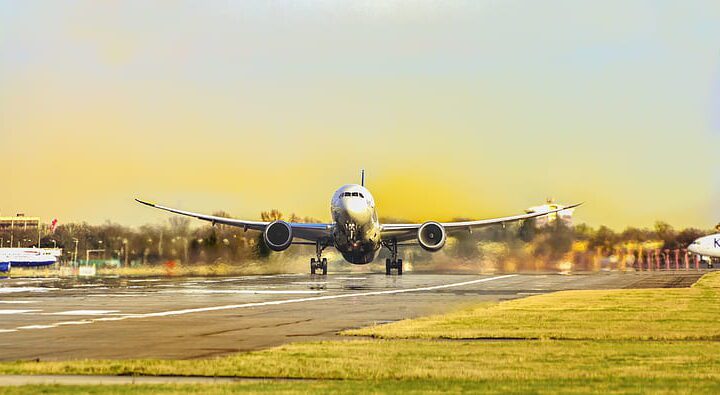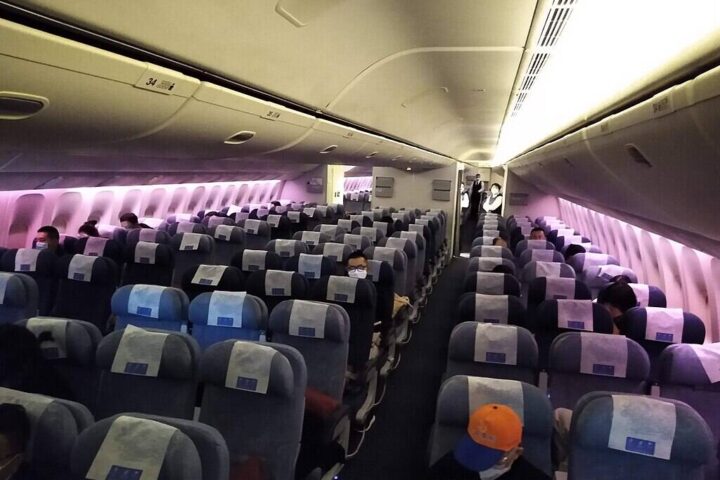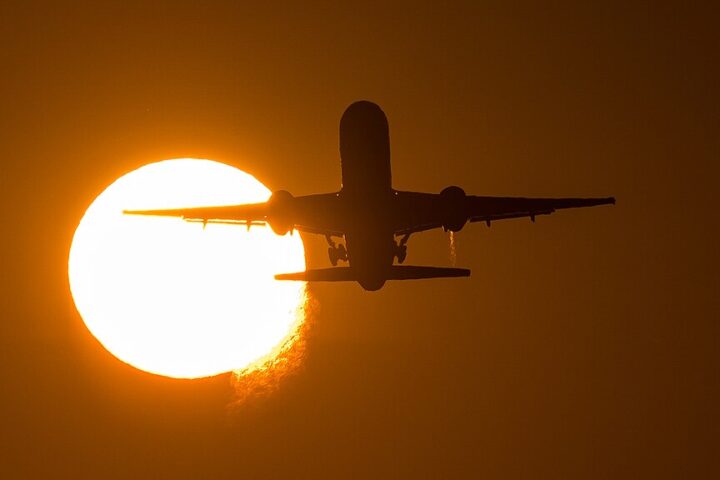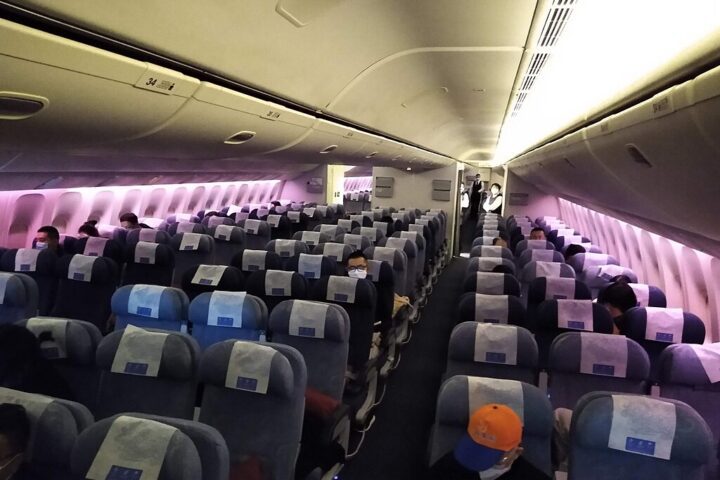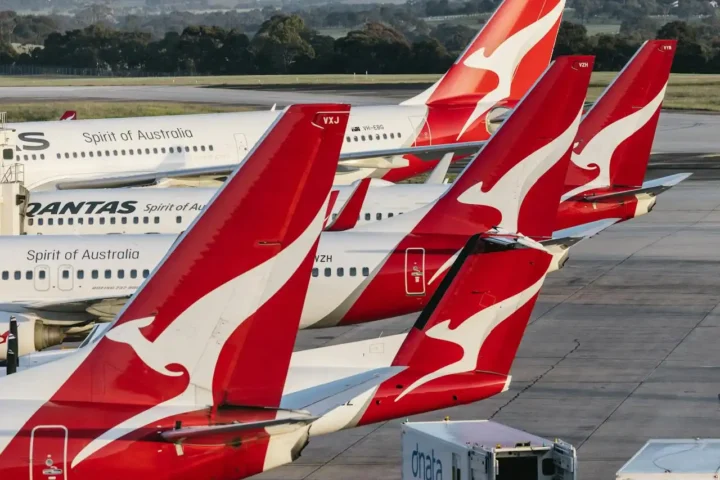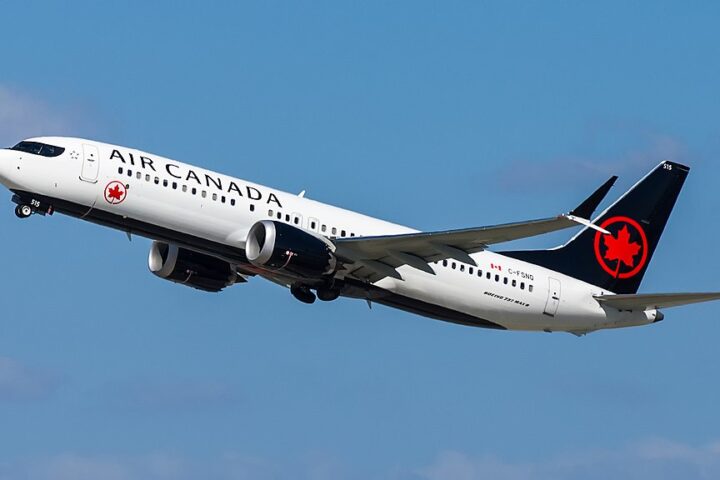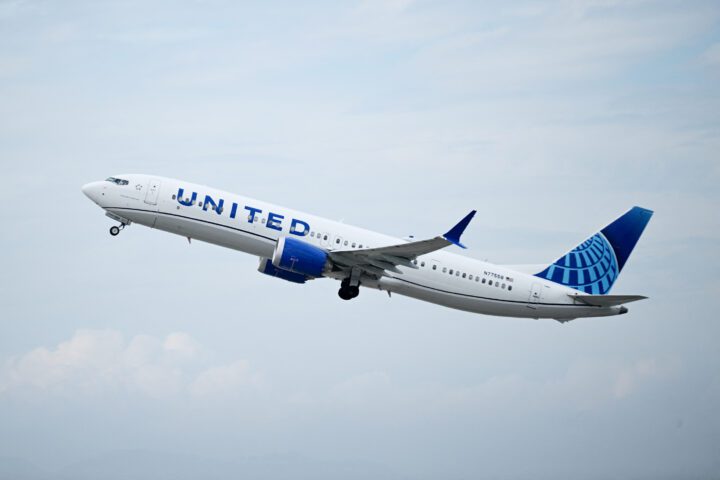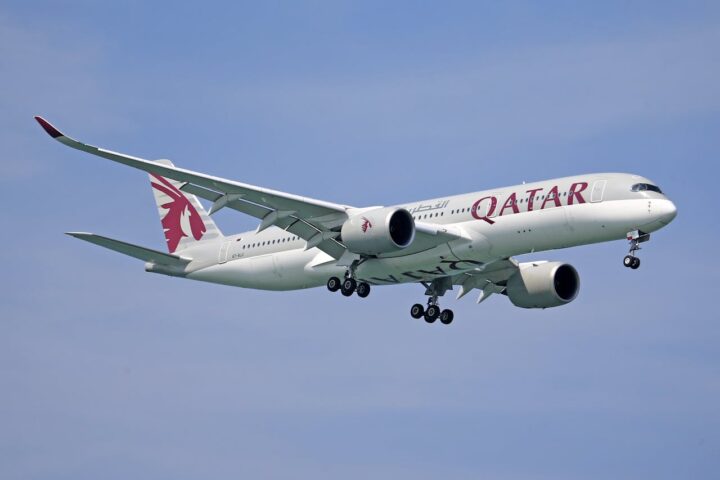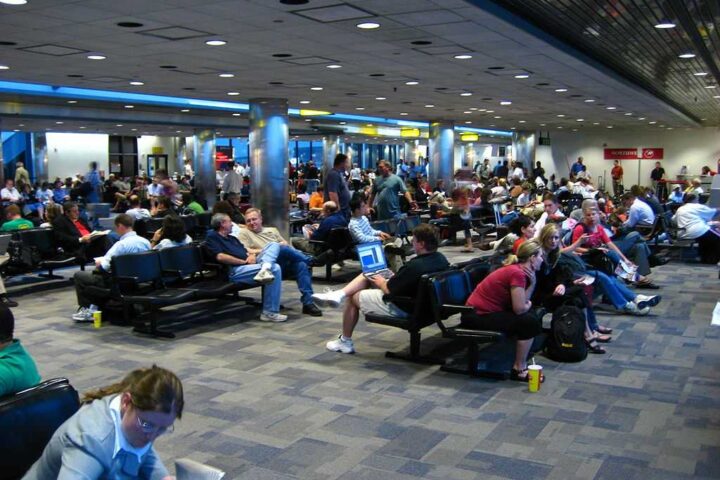Frontier and United Airlines are warning passengers to expect fewer domestic flight options in 2026 as both carriers plan significant capacity cuts amid ongoing financial and regulatory pressures.
Frontier Airlines CEO Barry Biffle delivered a stark warning during the company’s recent earnings call: “There’s going to continue to be reductions in capacity in this industry.” This comes as Frontier reported a $70 million net loss in Q2 2025 despite bringing in $929 million in revenue. The airline now projects a larger-than-expected third-quarter loss between 26 and 42 cents per share.
United Airlines CEO Scott Kirby echoed this outlook, describing the pullback in domestic seats as a “durable trend” that will extend into 2026. United has already reduced its domestic capacity by approximately 4% for the third quarter of 2025.
The planned reductions aren’t just about airline finances. A major constraint is now official – the Federal Aviation Administration (FAA) has proposed extending flight limits at Newark Liberty International Airport through October 24, 2026. These caps will maintain the current 72 operations per hour (36 arrivals and 36 departures) outside construction periods, with tighter weekend limits during fall 2025 construction.
Additionally, the FAA has extended slot-usage relief at New York’s JFK and LaGuardia airports through October 2026. This waiver allows airlines to operate fewer flights without losing their valuable takeoff and landing slots at these congested airports.
Similar Posts
These regulatory actions directly impact United, which maintains a major hub at Newark, and affect the broader industry’s ability to add flights in the nation’s busiest airspace.
Behind these caps is a nationwide air traffic controller staffing shortage. The FAA is approximately 3,500 controllers short across the country, with particularly acute shortages in the critical New York Terminal Radar Approach Control facility. Despite plans to hire 2,000 air traffic controller trainees in 2025, training these highly specialized professionals takes years.
Despite some industry reports suggesting planes are “running well below half full,” government data shows U.S. load factors (the percentage of seats filled) remain between 81-85% in 2025. The planned reductions are about improving yield and managing costs rather than empty planes.
Other carriers are already making similar moves. Spirit Airlines is furloughing approximately 270 pilots and reducing parts of its schedule by 24-26% across the summer and third quarter of 2025. JetBlue has also announced capacity reductions and softer revenue per available seat mile (RASM) projections.
For travelers, these industry-wide changes will mean fewer options, particularly during off-peak travel times. Airlines are likely to focus on maintaining service during high-demand periods while trimming less profitable flights. Consumers should prepare for potentially fewer flight choices and potentially firmer fares, especially on routes in and out of capacity-constrained airports like Newark.
As Biffle stated plainly, the entire domestic airline industry “is not making money” on purely domestic operations. The coming capacity cuts represent airlines’ strategy to restore profitability through a more disciplined approach to scheduling and pricing in 2026 and beyond.
